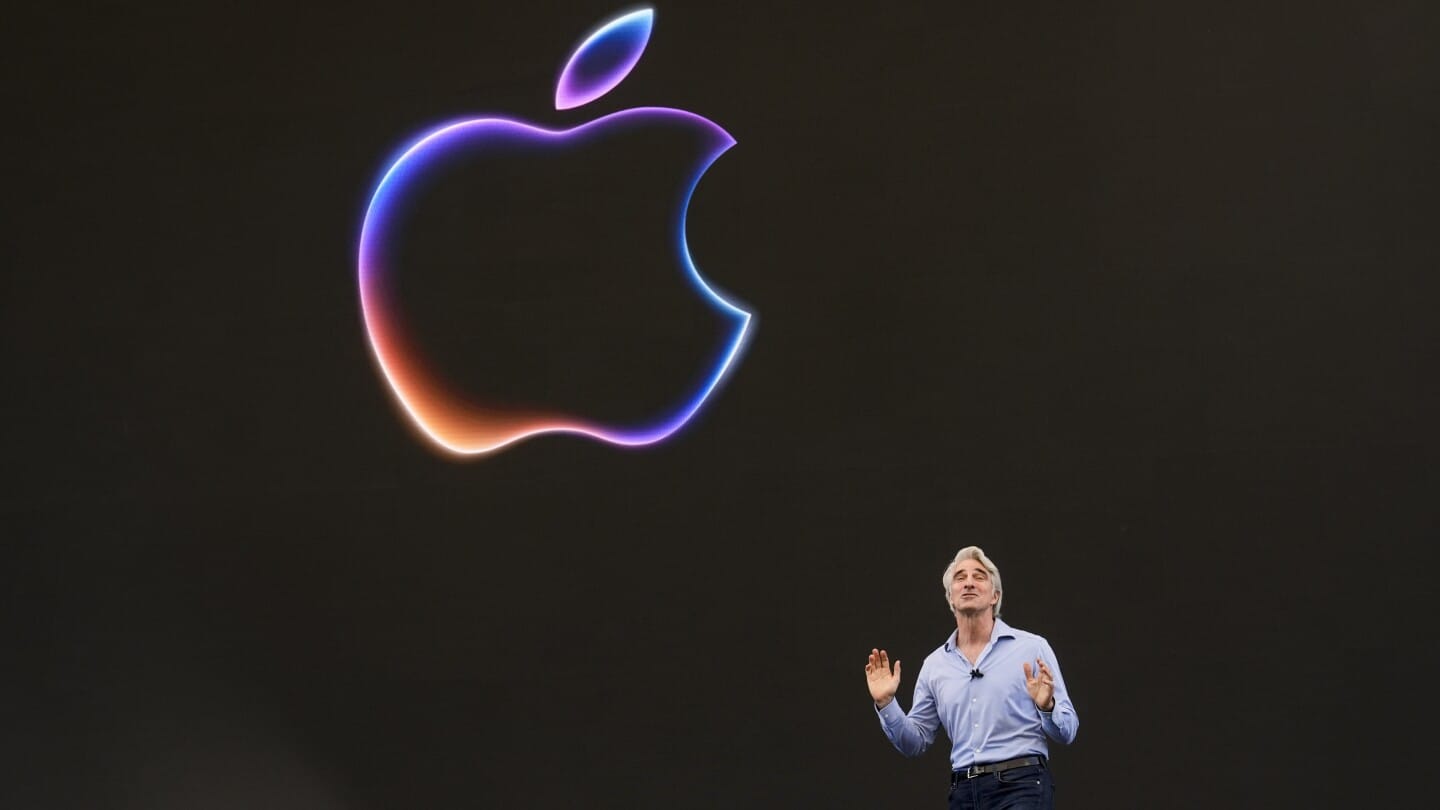
Apple, the tech giant renowned for its sleek design and user-friendly interfaces, is making a significant push into the world of artificial intelligence (AI). This move, announced at Apple’s Worldwide Developers Conference (WWDC) in June 2024, sees the company leveraging its greatest strength – its massive network of 34 million app developers – to gain a competitive edge in the rapidly evolving AI landscape.
The company aims to deeply integrate AI into its ecosystem, primarily through its upcoming Apple Intelligence platform and an enhanced Siri experience. But the success of this endeavor hinges on the active participation of its developer community.
Apple’s strategy is to empower developers to make their apps work seamlessly with Apple Intelligence, the company’s new AI-powered personal assistant for iPhones, iPads, and Macs. This involves creating “App Intents,” small code snippets that allow Apple Intelligence to interact with and control third-party applications. By doing so, Apple aims to create a more integrated and intuitive user experience, where Siri can perform complex tasks within various apps, such as sending emails, managing calendars, or even editing photos. This focus on practical, real-world applications sets Apple apart from competitors like OpenAI, Google, and Meta, who are currently focused on pushing the boundaries of AI capabilities with features like generating creative text formats, translating languages, and writing different kinds of creative content.
Why is Apple betting big on AI now?
The answer is simple: the AI revolution is here, and Apple cannot afford to be left behind. With competitors like Google and Samsung already integrating AI features into their smartphones, Apple needs to innovate to maintain its market share and brand appeal. Moreover, AI has the potential to revolutionize how users interact with their devices, making them more intuitive, personalized, and efficient. Apple, with its focus on user experience, recognizes this potential and aims to be at the forefront of this transformation.
How Apple Plans to Win the AI Race with its Developer Army
Apple’s approach to AI is distinct from its competitors. While companies like Google and OpenAI are focused on developing cutting-edge AI models with impressive capabilities, Apple is taking a more pragmatic approach. The company is not aiming to build the biggest or most powerful AI model. Instead, it’s focusing on integrating AI seamlessly into its ecosystem to enhance user experience. This is where its army of developers comes in.
Apple is providing developers with the tools and resources they need to integrate their apps with Apple Intelligence. This includes:
- App Intents: These code snippets allow Apple Intelligence to understand and execute user requests within third-party apps. For example, a user could ask Siri to “book a ride with Uber to the airport,” and App Intents would enable Siri to interact with the Uber app and complete the request.
- AI APIs: Apple is also providing developers with access to various AI APIs, allowing them to integrate AI capabilities like image recognition, natural language processing, and machine learning into their apps.
- Developer Resources: Apple is offering comprehensive documentation, tutorials, and support to help developers integrate their apps with Apple Intelligence.
The Challenges and Opportunities for Apple’s AI Ambitions
While Apple’s strategy has the potential to give it a significant edge in the AI race, it also faces several challenges:
- Developer Adoption: The success of Apple’s AI strategy hinges on the willingness of developers to adopt App Intents and integrate their apps with Apple Intelligence. If developers are slow to adopt or encounter difficulties, it could hinder the platform’s growth and user adoption.
- Competition: Apple faces stiff competition from established players like Google Assistant and Amazon Alexa, which already have a strong presence in the voice assistant market. Moreover, new entrants like OpenAI’s ChatGPT are constantly pushing the boundaries of AI capabilities.
- Privacy Concerns: AI raises significant privacy concerns, and Apple needs to ensure that its AI initiatives comply with its strong commitment to user privacy.
Despite these challenges, Apple’s AI strategy presents significant opportunities:
- Enhanced User Experience: By integrating AI deeply into its ecosystem, Apple can create a more intuitive, personalized, and efficient user experience. This could lead to increased customer satisfaction and loyalty.
- New Revenue Streams: AI could open up new revenue streams for Apple. For example, the company could offer premium AI features or services through subscriptions.
- Ecosystem Lock-in: A successful AI strategy could further strengthen Apple’s ecosystem lock-in, making it harder for users to switch to competing platforms.
The Future of AI at Apple
Apple’s entry into the AI race is still in its early stages, but it has the potential to be a game-changer. By leveraging its strengths – its loyal customer base, its strong developer community, and its focus on user experience – Apple could become a major player in the AI landscape.
However, the success of Apple’s AI strategy will depend on several factors, including the adoption of App Intents by developers, the company’s ability to innovate and keep pace with competitors, and its ability to address privacy concerns.
One thing is certain: the AI race is heating up, and Apple is just getting started. It will be fascinating to see how the company’s AI strategy unfolds in the coming years and how it impacts the broader tech landscape.
Apple’s decision to leverage its developer community to gain an edge in the AI race is a strategic move that could pay off handsomely. By empowering developers to integrate their apps with Apple Intelligence, Apple can create a more integrated and intelligent user experience. However, the success of this strategy hinges on the active participation of developers and Apple’s ability to navigate the challenges and opportunities of the rapidly evolving AI landscape. The coming years will be crucial for Apple’s AI ambitions, and the tech world will be watching closely to see how it all unfolds.